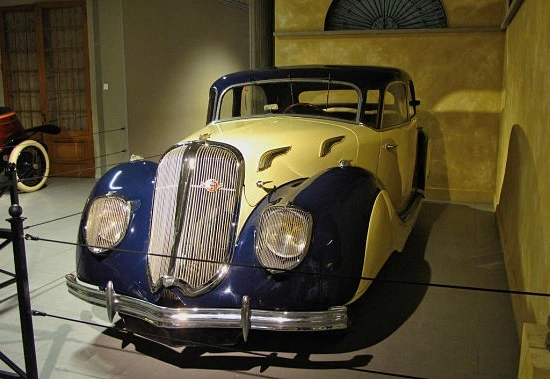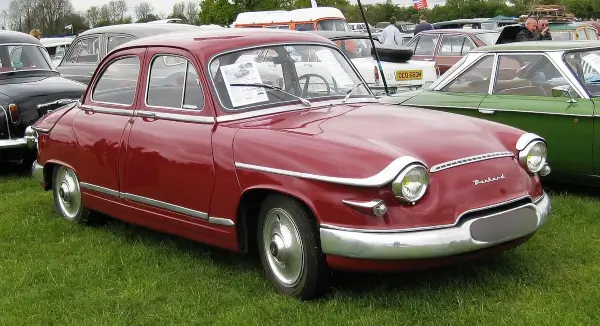Panhard Tyres
Classic Panhard Tyres

On the following pages, Longstone Classic Tyres give classic tyre fitment recommendations for Panhard cars.
01302 711 123
or
Email: sales@longstonetyres.co.uk
Panhard History
Panhard began offering one-of-a-kind bespoke vehicles in 1890, making it one of the world's oldest automobile manufacturers. Panhard was a tremendously prominent automobile manufacturer in its early decades, laying the groundwork for what cars would become. By the time of WWI, they were one of the major automakers in Europe, as well as a successful racing contender.

Panhard refused to do anything mainstream when vehicle design began to shake out in the 1920s and manufacturers began to find out more definitively what did and did not work, supplying Knight type sleeve valve engines in their cars. Despite being technologically revolutionary, Panhard's style was pretty standard. With the debut of the Panhard et Levassor Dynamic in 1936, they took a turn toward the strange.
The Dynamic had a distinctive appearance, with a three-piece front windshield and three windshield wipers. It had a streamlined design that was both creative and odd, with headlamps merged into the fenders and huge curves all around. The automobile felt heavy, with seating broad enough to comfortably accommodate three individuals. The driver sat between the front passengers, with the steering wheel in the centre. This was supposed to improve visibility, but it was also crucial in that the automobile could be driven in nations with right or left-hand drive.
In practice, it proved cumbersome, and the driver was soon repositioned to a regular off-centre position. The Dynamic's independent front suspension and unibody construction (the frame was incorporated into the body rather than a body lying on top of a frame) were both firsts for French luxury automobiles and are now industry standards.
During WWII, manufacturing halted for the most part. Panhard was back in business after the war, creating even stranger-looking vehicles with unorthodox drivetrains. At the time, steel was severely rationed in France. Panhard chose to experiment with aluminium, the production of which had grown for the war effort. Despite being more costly than steel, according to Jean Panhard's estimates, they would be able to produce an aluminium-bodied automobile at a fair cost. Regrettably, his estimations were incorrect.

Panhard had failed to account for the waste that would be generated while cutting body panels for the automobiles from aluminium sheets, instead, calculating solely for the amount of metal utilised. As a result, each body cost more than three times the steel price. After a few years, Panhard was on the verge of bankruptcy and was obliged to resort to steel for the majority of the body. Unfortunately, they lacked the funds to retool and develop new body stamping colours, so they had to utilise thicker steel to match the thickness of the aluminium originally employed, resulting in additional weight. Nonetheless, Panhard was still producing intriguing and inventive automobiles. They were just not as light.
Panhards from the 1950s and 1960s featured an odd engine to go with their space pod appearance and aluminium bodywork. They used an air-cooled four-stroke, two-cylinder engine. Despite its strange appearance, it was a remarkably strong tiny power plant. When compared to its German rival, the Volkswagen Beetle, the Panhard Dyna appeared favourably refined with its four doors, more interior space, more power, less engine noise, better fuel efficiency, and only slightly larger price-tag. They did not, however, have the iconic marketing effort that Volkswagen had.
Sales fell in the home market, and Panhard's executives couldn't find out how to get other nations to buy their well-made, quirky little vehicles. By the mid-1960s, the company was on its last legs. Their styling was weird and archaic, and their two-cylinder engine was nearing the end of its useful life. Panhard was desperate for money and was selling off more and more of its assets to Citroen. Citroen gained complete ownership of Panhard by 1965. Citroen gave the firm one more chance to produce a successful automobile, and the Panhard 24 was the result. The new model shared much of the same foundations as the previous one, but with a sleeker new body. It was a nice automobile, but it was too late. Panhard would eventually stop producing vehicles in 1967.
